5 Controversial Anime Opinions That Actually Make Sense
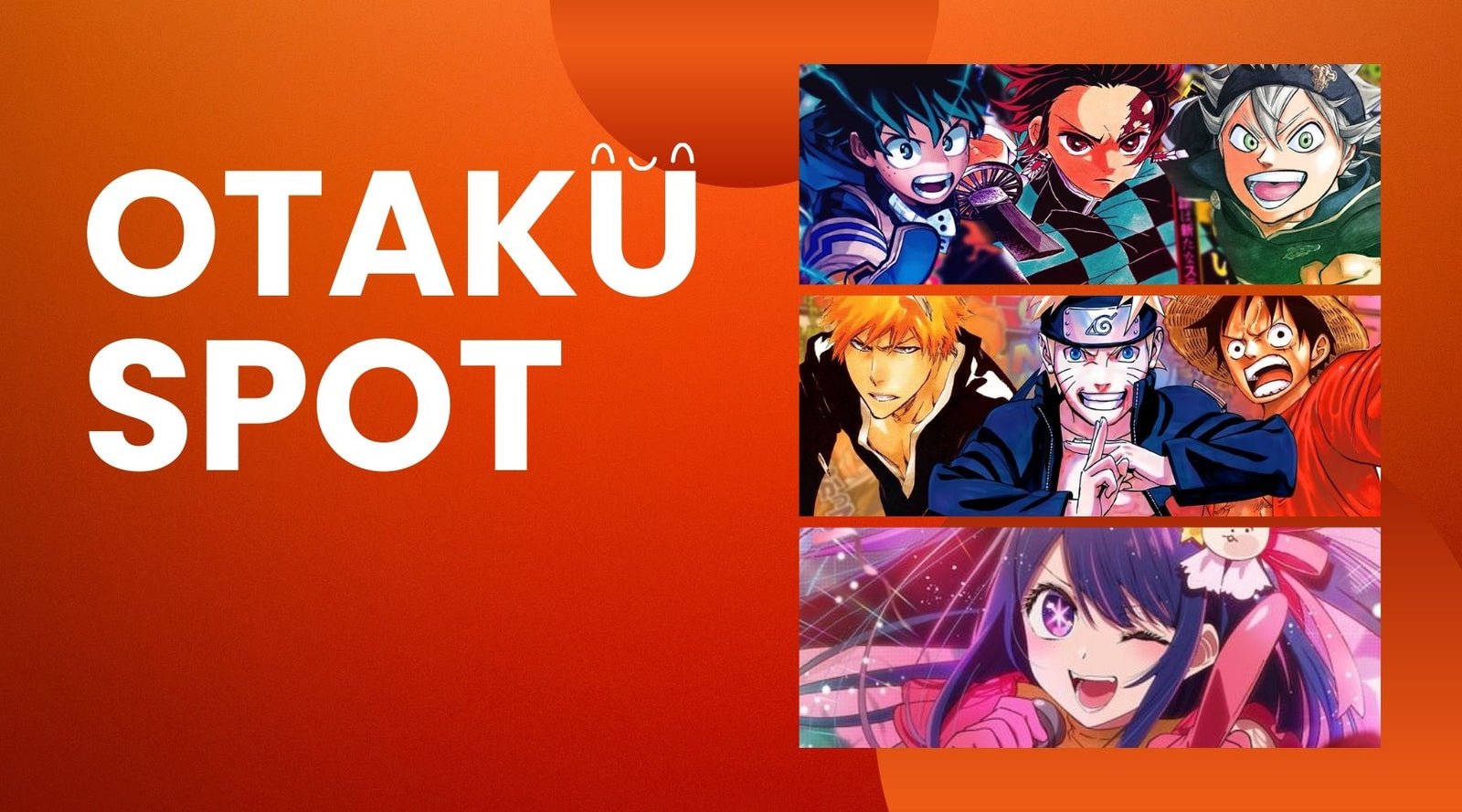
Anime, much like any other form of entertainment, has a vast and dedicated following worldwide. The beauty of this fandom lies in its diversity. From different cultures, age groups, and backgrounds, fans come together to appreciate the art form. However, this diversity also brings a wide array of opinions.
What one person may consider a masterpiece, another might find overrated or incomprehensible. According to poggers.com, anime fandom in the United States encompasses various age groups.
Millennials constitute the largest demographic at 42%, followed by adult Gen-Zs at 25%, Gen Xers at 21%, and Baby Boomers at 12%. This range of demographics naturally leads to a multitude of opinions and preferences, making the community incredibly diverse.
Understanding Unpopular Opinions
Unpopular opinions in anime can often be eye-opening and provide fresh perspectives. At first glance, these viewpoints may seem absurd or even offensive to long-time fans.
But, upon reflection, many of these opinions hold water and shine a light on aspects of the anime community and its content that are often overlooked. For example, many fans might argue that some popular anime are overrated, despite their widespread acclaim.
Others may find the slower, more subtle charm of slice-of-life anime to be more compelling than high-stakes action series. Acknowledging these opinions helps enrich the discourse within the community.
The Importance of Open-Minded Discussions
Engaging in open-minded discussions is crucial for the anime community's growth and unity. Disagreements and debates can foster deeper understanding and appreciation for different tastes and interpretations.
However, it's essential that these discussions are conducted respectfully to maintain a welcoming environment for all fans. The historical stigmatization of anime fans has led to a defensive attitude towards unpopular opinions.
As referenced in a detailed exploration of gatekeeping in the anime community, many fans have faced bullying or criticism for their interests. This history can lead to a protective stance over their preferences, making open-minded discussions even more critical to bridge gaps and reduce misunderstandings.
Conclusion
Anime fosters a rich tapestry of experiences and tastes, and exploring controversial opinions is vital for its community. By remaining open-minded and respectful, fans can deepen their appreciation for the medium and understand the diverse perspectives that make the anime fandom truly unique.
As we delve into various controversial opinions in this series, let's keep our minds open and our discussions respectful, celebrating the diversity of thought that anime brings into our lives.
1. The Overrated Nature of Certain Popular Anime
Anime fandom is a mosaic of diverse opinions, where what one person loves might be what another finds overrated. For some series, the hype can inflate expectations and obscure flaws. Let’s dive into why certain beloved anime might not live up to their reputation.
The Impact of Hype on Viewer Expectations
Hype can be a double-edged sword. When a series like Attack on Titan premieres, widespread acclaim and polished marketing create colossal expectations. Yet, the more one expects, the easier it becomes to nitpick.
For example, while My Hero Academia boasts exceptional animation and engaging character arcs, it's often criticized for its predictable shonen tropes and pacing issues. Hype elevates it, but can also lead to severe criticism.
According to a discussion on Reddit, the anime community frequently cites Mirai Nikki as overrated despite its massive following. Fans originally drawn in by the character Yuno Gasai often find the plot and character development lacking. Hype raises the bar, but sometimes the content just doesn't measure up.
Recognizing Flaws in Beloved Anime
Even some of the most celebrated anime aren’t without their faults. Death Note is a prime example. Widely praised for its gripping story and intellectual duels, it loses steam for many fans after a pivotal plot change midway through the series. It's almost as though the initial brilliance casts a shadow on its latter half's imperfections.
Moreover, critics often point out that One Punch Man, despite its unique premise, faces issues such as repetitive humor and a lack of character depth beyond Saitama.
While its first season is adored for stellar animation and humor, subsequent seasons couldn't escape scrutiny. Even Fullmetal Alchemist, a fan-favorite, has its share of detractors on platforms like Quora, citing its failure to meet sky-high expectations set by its acclaim.
The Problem with Consensus
Another layer in the problem of hype is the communal echo chamber. When large factions of the anime community rally behind certainties, it becomes challenging to voice dissent.
This environment of consensus can discourage fresh viewpoints and legitimate criticisms of popular shows. For instance, while Vinland Saga has an ardent fanbase, some argue that its heavy-handed messages and anachronistic critiques dilute its storytelling prowess.
Open Conversations Foster Growth
It's crucial for the anime community to remain open to divergent opinions. Respectful discourse allows for a richer, more nuanced understanding of our favorite—and not-so-favorite—anime. Encouraging differing viewpoints can only lead to a deeper appreciation for the art form, fostering a more harmonious fandom.
Next, we’ll explore the hidden gems of the anime world—the slice-of-life genre—often underappreciated in the shadow of high-stakes, action-driven narratives.
2. The Underappreciated Value of Slice-of-Life Anime
Slice-of-life anime, a genre often overshadowed by high-stakes, action-driven series, offers a refreshing perspective on storytelling. From the heartwarming tales of Fruits Basket to the introspective musings of Violet Evergarden, this genre invites viewers into the everyday lives of characters, allowing for genuine connections and relatability.
A Subtle and Powerful Narrative Approach
Slice-of-life anime challenges the notion that a story must be grandiose to be impactful. Rather, they excel in exploring the intricacies of human emotions and relationships.
Through seemingly mundane situations, viewers are treated to poignant and relatable moments that resonate deeply. For example, Barakamon and Silver Spoon are loved for their honest portrayals of self-discovery and personal growth.
A Much-Needed Change of Pace
Anime lovers often seek a reprieve from the intense, action-packed spectacles that dominate the medium. Slice-of-life anime offers that much-needed change of pace.
A laid-back atmosphere, coupled with endearing characters, makes for a soothing viewing experience. Titles like Yuru Camp and Sweetness and Lightning are perfect examples, with their cozy aesthetics and low-stakes storylines.
Exploring Underexplored Themes
Slice-of-life anime also paves the way for unique themes and narratives not typically found in mainstream anime. Aria's serene storytelling invites introspection, while March Comes in Like a Lion delves into the complexities of mental health. These series offer refreshing perspectives, contributing to a more diverse and inclusive anime landscape.
Recognizing the Slice-of-Life Genre's Worth
By embracing the slower pace and character-driven narratives of slice-of-life anime, viewers can broaden their anime horizons and discover new favorites.
As we delve further into the genre, it's essential to give these shows a chance and appreciate the unique stories they have to offer. After all, the strength of the anime medium lies in its limitless potential to explore various narratives and themes.
For further reading and insights, see Slice of Life - Wikipedia, Why is Anime So Popular - Medium, and The Appeal of Slice-of-Life Anime - Quora.
3. The Debate Over Anime Adaptations and Source Material
The anime community often finds itself at odds when discussing the merits of adaptations versus their source material. While purists lean towards a faithful reproduction of the original manga or light novel, others appreciate the creative liberties that can elevate the anime into something truly unique. Both perspectives have their own merits and can lead to fascinating discussions about artistic expression.
Cases Where Anime Surpasses Its Source Material
Believe it or not, there are instances where the anime adaptation outshines its source material. Take Made in Abyss as an example. While the manga provides the foundational storytelling, the anime brings it to life with breathtaking visuals and a hauntingly beautiful soundtrack.
Similarly, Attack on Titan captures the intense emotions and high-octane action in a way that even the best-drawn panels in the manga can't quite match. These successful adaptations demonstrate that anime can add layers of depth and immersion that might be difficult to achieve through static images alone.
The Creative Liberties Taken in Adaptations
While faithful adaptations have their place, sometimes creative liberties result in more engaging storytelling. Consider Fruits Basket's recent reboot. The updated animation style and additional scenes offer a fresh perspective that both honors and enriches the original manga.
Another striking example is Fullmetal Alchemist: Brotherhood. While it sticks closely to the manga, it still allows room for unique directorial choices that enhance character development and thematic elements. Rather than detracting from the narrative, these creative liberties can elevate the story to new heights.
The Danger of Deviating Too Much
Of course, not all deviations are well-received. When an adaptation strays too far from its source material, it risks alienating its core fanbase. Tokyo Ghoul faced backlash for its drastic changes in the anime, which many fans felt undermined the original storyline.
Similarly, live-action adaptations often struggle to capture the essence of their anime counterparts (Screenrant points out) due to the inherent differences between the mediums. Balancing fidelity with creative freedom remains a delicate art.
The Importance of Judging Anime as a Standalone Medium
Ultimately, it’s important to evaluate anime on its own merits. While comparisons to the source material are inevitable, judging an anime solely on how well it adheres to its origins can be limiting.
Take Bleach for instance; its anime adaptation succeeded in capturing the imagination of many who had never touched the manga. The dynamic fight scenes and fantastic score turned it into a genre-defining series in its own right (Animost).
This independent evaluation allows fans to appreciate the distinct artistic contributions of the anime medium. Each adaptation is a collaborative effort involving directors, voice actors, animators, and musicians.
Together, they bring a unique vision to life that deserves recognition irrespective of its source material.
Critically engaging with anime adaptations encourages more robust conversations within the community. It fosters a deeper appreciation for the medium's potential to reinterpret and reimagine beloved stories, pushing the boundaries of what is possible in animation.
As we progress to the next section on fan service in anime, it becomes imperative to keep an open mind. Examining anime from various angles allows for richer, more meaningful discussions that strengthen the community as a whole.
4. The Complexity of Fan Service in Anime
Fan service in anime is a topic that often stirs the pot within the community. At first glance, it may seem like a cheap trick to attract viewers, but a deeper look reveals a more complicated picture.
Fan service isn't always about explicit content; sometimes, it's subtle and implied, designed to enhance the viewing experience by catering to specific audiences (Otaku Ohana).
Cultural and Artistic Context
The cultural context of fan service is an essential aspect to consider. For example, the portrayal of certain elements in anime often reflects broader Japanese cultural narratives and storytelling styles.
In Japan, the concept of "monomyth" and "kishotenketsu" are integral to storytelling, and fan service can play a role in these frameworks Medium Article. Anime often uses fan service not merely for titillation but to add layers of meaning and engagement with the audience.
Artistic Intent Behind Fan Service
While fan service may initially seem like gratuitous content, many creators use it to build connections with the audience. An example can be drawn from series like Neon Genesis Evangelion, where fan service is used intentionally to set a specific tone and manipulate viewer expectations for deeper narrative purposes.
Creator Hideki Anno has stated that he used familiar tropes and fan service to make viewers comfortable before subverting these elements to deliver a profound commentary on the anime industry itself The Artifice.
The Fine Line: Tasteful vs. Excessive
Despite its potential for depth, fan service treads a fine line between being tasteful and excessive. Series like Kill la Killand Food Wars! are often cited examples where fan service is integrated well within the narrative framework.
In Kill la Kill, for instance, the over-the-top nature of the show converts what might be blatant fan service into a parody, thereby striving to comment on the very conventions it uses The Artifice.
Viewer Reactions and Industry Impact
On the flip side, blatant fan service can distract from the story and perpetuate stereotypes, which may alienate part of the audience. Titles like Akame ga Kill! have been criticized for mixing fan service with serious themes, making the serious tone of the narrative less credible The Artifice.
This not only undermines character development but also casts a shadow over the artistic merit of the anime.
Conclusion
At its core, fan service is a multifaceted tool in anime that can either enrich or detract from the viewer's experience. Understanding its cultural and artistic intentions can help foster a more nuanced discussion around its use. As fans, the key lies in recognizing that fan service, when done thoughtfully, can serve to enhance rather than distract.
Next, we'll dive into the significance of dubs in anime accessibility and how they've evolved over time.
5. The Significance of Dubs in Anime Accessibility
When it comes to anime, a recurring debate within the fan community is whether to watch with subtitles or via dubbed audio. Dubbed anime has experienced significant improvements over time, and its role in making anime accessible to a global audience is undeniable.
Although the 'subs vs dubs' debate will likely never be fully resolved, it's important to recognize the value dubbed anime brings to the table.
Quality Improvement in English Dubs Over Time
English dubs have come a long way since their inception. Early dubs often suffered from poor voice acting, mistranslations, and awkward syncing. However, companies like Streamline Pictures paved the way for better quality dubs by focusing on accuracy and performance.
Over the decades, advancements in technology and an increasing pool of talented voice actors have contributed to the steady improvement of dubs.
Today, many dubs are produced with the same level of care and attention as the original Japanese versions, ensuring a more enjoyable viewing experience.
Contribution to Global Popularity
Dubs play a crucial role in spreading anime's popularity worldwide. By removing the language barrier, dubs allow non-Japanese speakers to fully immerse in anime without the distraction of reading subtitles.
This accessibility has been instrumental in broadening anime's audience base. For example, the success of series like Dragon Ball Z and Naruto in Western countries can be attributed largely to their well-executed dubs, which made them accessible and enjoyable for younger viewers who may struggle with subtitles (Voquent).
Challenging 'Subs vs Dubs' Elitism
Despite the improvements in dub quality, a segment of the anime community still views subs as the only "authentic" way to watch anime.
This form of 'subtitle elitism' often leads to unnecessary gatekeeping and toxicity within the community (NT Daily). It's important to recognize that both subs and dubs have their merits and can cater to different audience needs.
Pros and Cons of Dubs
-
Pros:
-
More accessible for viewers with reading difficulties or learning disabilities (Baylor Lariat).
-
Allows viewers to focus more on the animation and visual storytelling.
-
-
Cons:
-
Some cultural nuances and original expressions might be lost in translation.
-
The Importance of Respect
The debate over subs and dubs should not overshadow the fact that anime is a medium meant to be enjoyed by all. Respecting each other's preferences paves the way for a more inclusive and diverse community.
Whether one prefers subs for their authenticity or dubs for their accessibility, it's essential to appreciate that both forms contribute richly to the anime viewing experience.
As we conclude our discussion on anime dubs, it's clear that dubs hold significant value in enhancing anime accessibility and popularity. In fostering an open-minded and respectful discourse, we can ensure the anime community remains a welcoming space for everyone.
Conclusion
Controversial opinions in anime, whether concerning popular series being overrated or the overlooked charm of slice-of-life genres, can be catalysts for deeper, more meaningful conversations. These differing perspectives are not just about stirring drama but about fostering a richer understanding of anime as a medium.
When someone challenges the hype around a beloved series, it compels fans to think more critically about what they value. This critical engagement can lead to new appreciations or even validate personal tastes.
For instance, a fan who dislikes the Dragon Ball series may highlight aspects others have overlooked, such as its repetitive plot structure, which can be an eye-opener for some.
On the flip side, someone who praises lesser-known slice-of-life series like March Comes in Like a Lion draws attention to the nuanced storytelling often overshadowed by more action-packed shows. In both cases, these discussions enrich the community, prompting fans to explore beyond their comfort zones.
Encouraging Open-Mindedness and Respect within the Anime Community
Open-mindedness is integral to keeping the anime community welcoming and inclusive. Every fan's viewpoint is shaped by their unique experiences and preferences.
To build a respectful and cohesive community, it's crucial to listen actively and engage thoughtfully. When fans feel safe to express their controversial opinions, like preferring dubs over subs, it breaks down elitist barriers and fosters mutual respect.
Gatekeeping, the practice of limiting or restricting who can be considered a 'true fan,' is detrimental. It isolates potential members who might have unconventional tastes or less popular opinions. Instead, promoting an environment where diverse voices are valued helps dismantle this toxicity.
Critical thinking should be encouraged, not just as a way to analyze anime but as a method to understand and respect differing fan experiences. As highlighted by Annalyn's Corner, critical thinking enhances one's engagement, offering new ways to appreciate even familiar series.
The Evolving Nature of Anime and Its Fandom
Anime has come a long way from its early beginnings to the massive cultural phenomenon it is today. With this evolution comes a diverse and continually growing fandom. As technology advances and global accessibility increases, the anime community has become more vibrant and inclusive.
Quality improvements in English dubs and innovative adaptations have broadened the medium's reach, inviting more varied opinions and conversations.
Anime's evolution is not just about artistic and technological advancements but also about its expanding cultural impact. As detailed in Pitt News, the growing global audience for anime brings in fresh perspectives, challenging long-held norms and introducing new topics of interest.
This dynamic nature underscores the importance of embracing diverse viewpoints within the community, ensuring that anime remains a reflection of its wide-ranging fanbase.
In conclusion, fostering a culture of open-mindedness and respectful dialogue is essential for the anime community's growth. Controversial opinions are not just to be tolerated but welcomed as opportunities for deeper understanding and appreciation. It's through this diversity of thought that the anime community can continue to thrive and innovate, enriching the experiences of all its members.




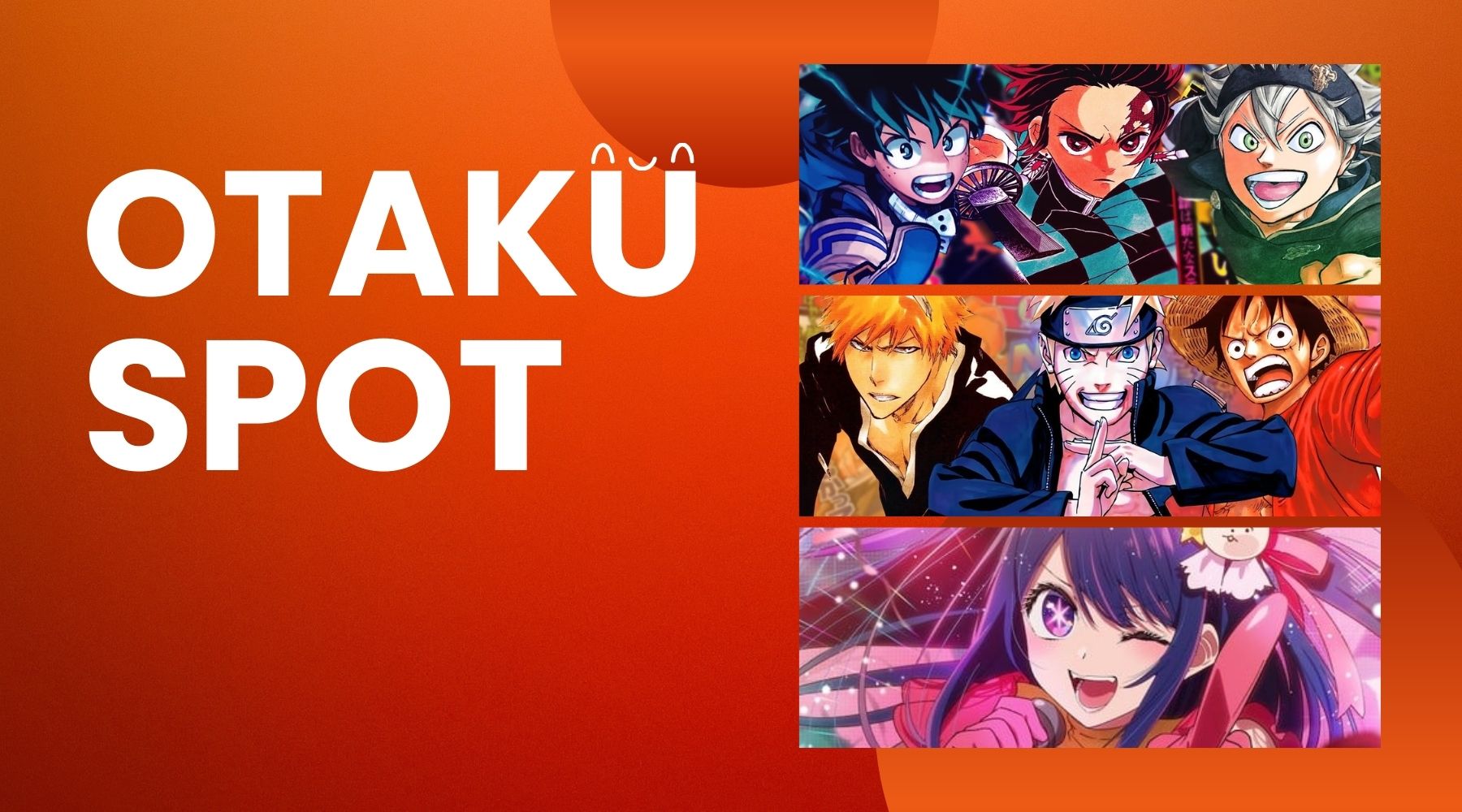
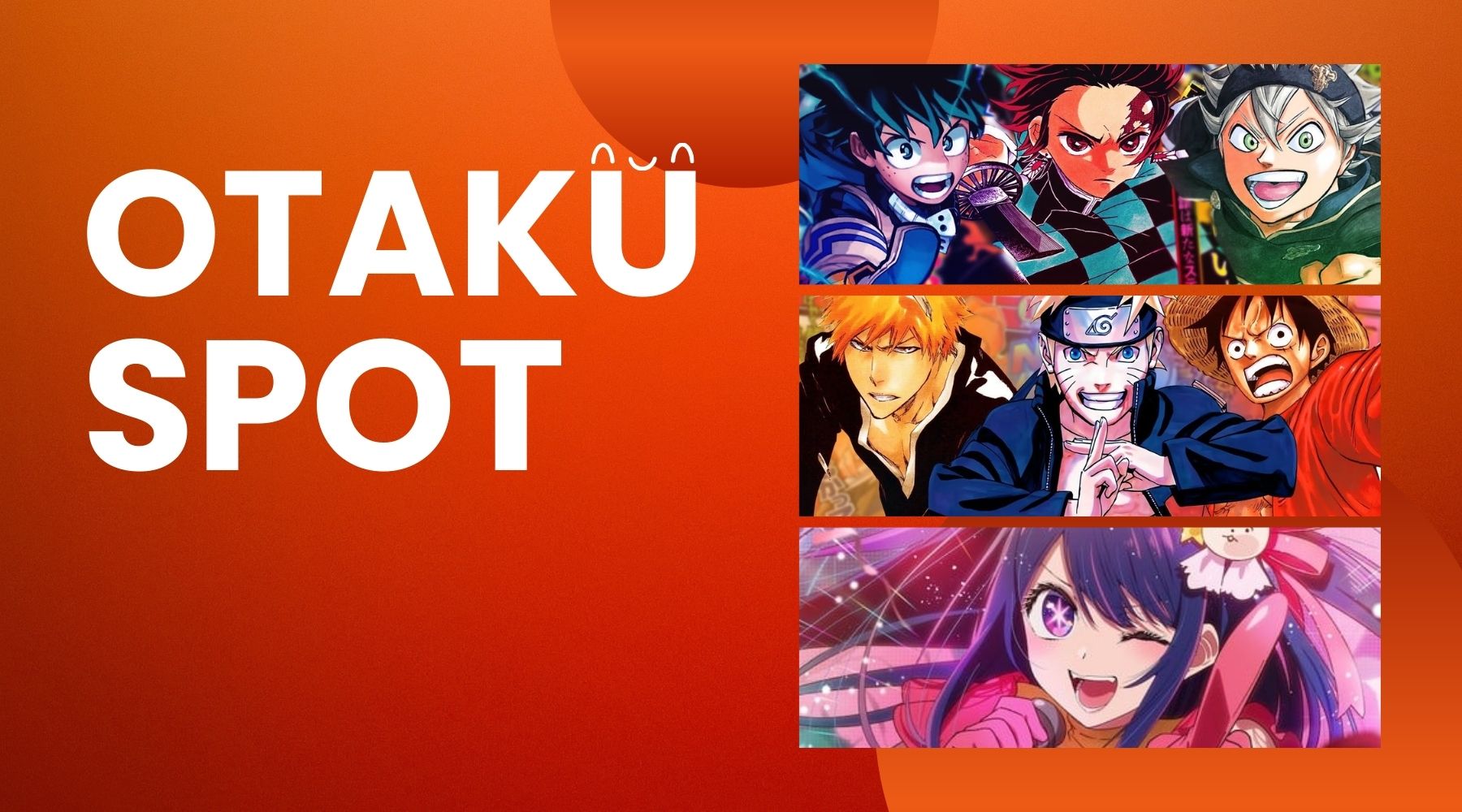
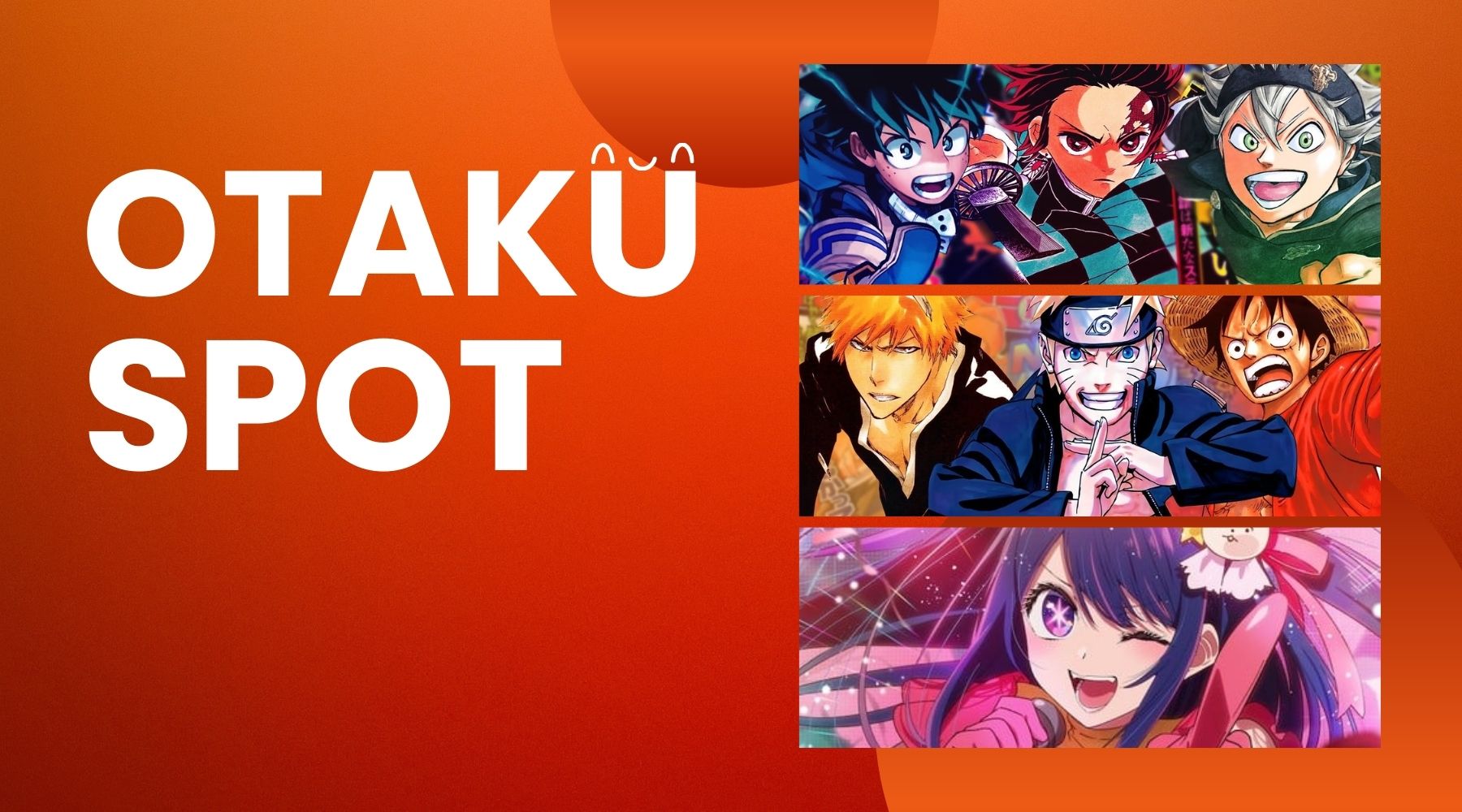
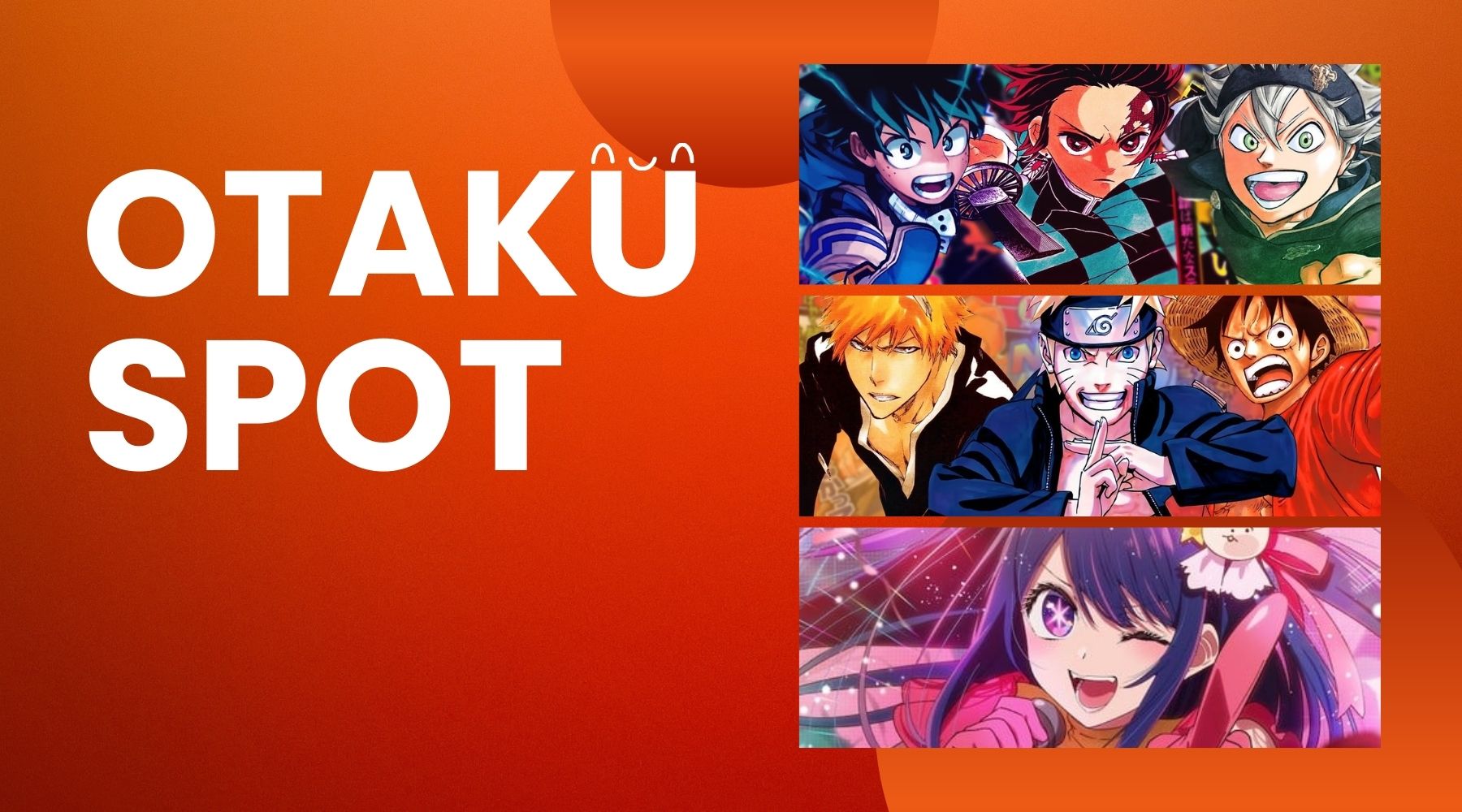
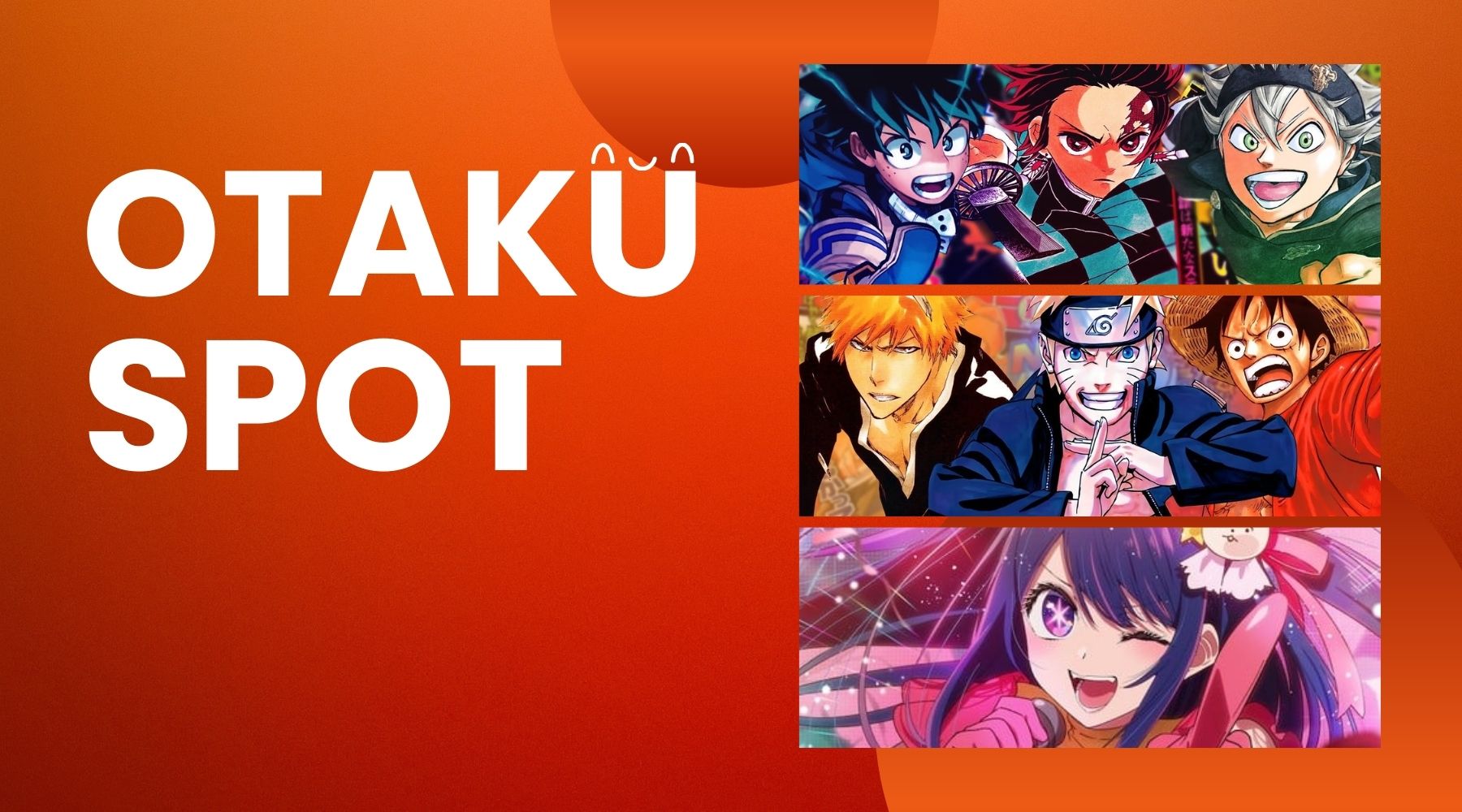
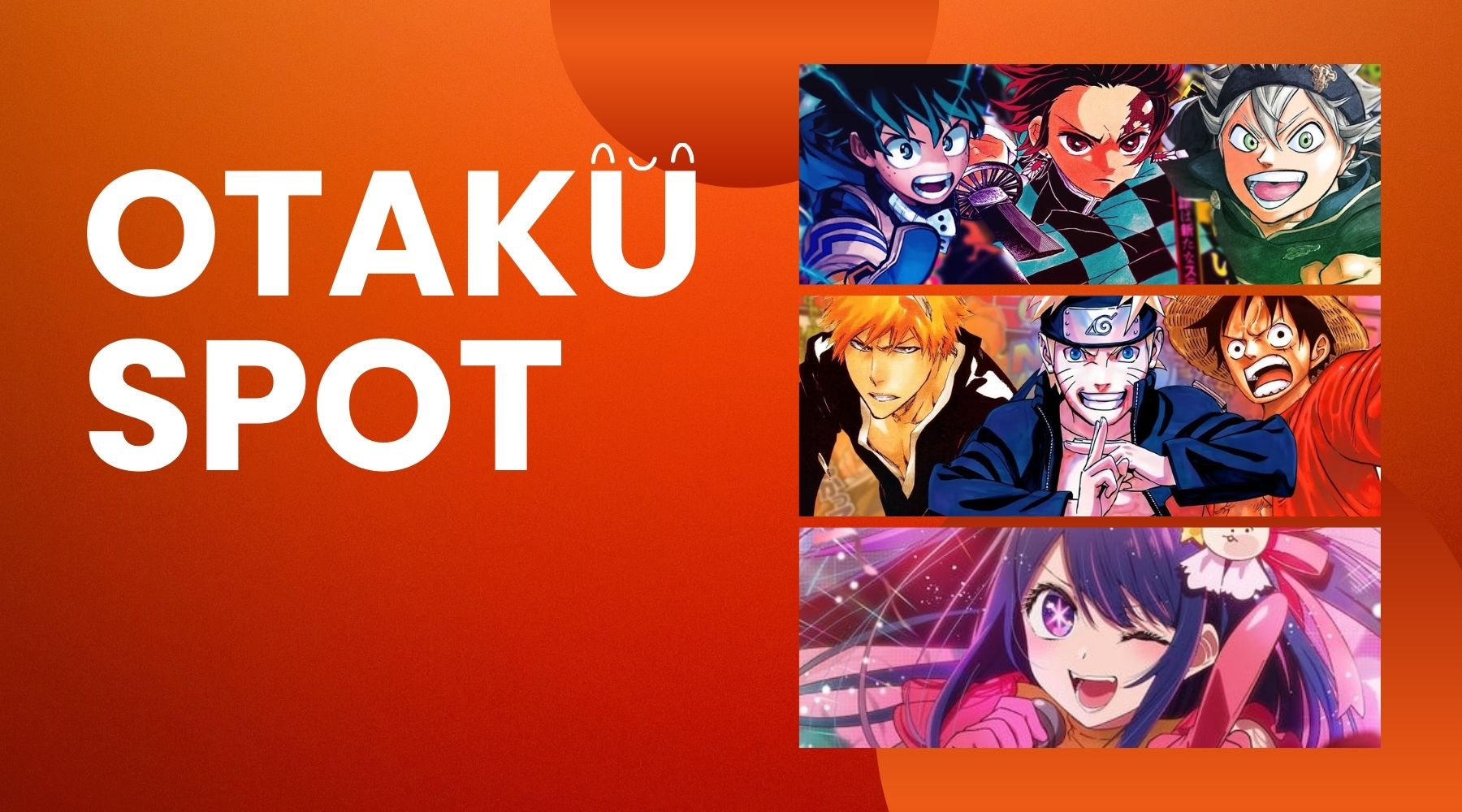
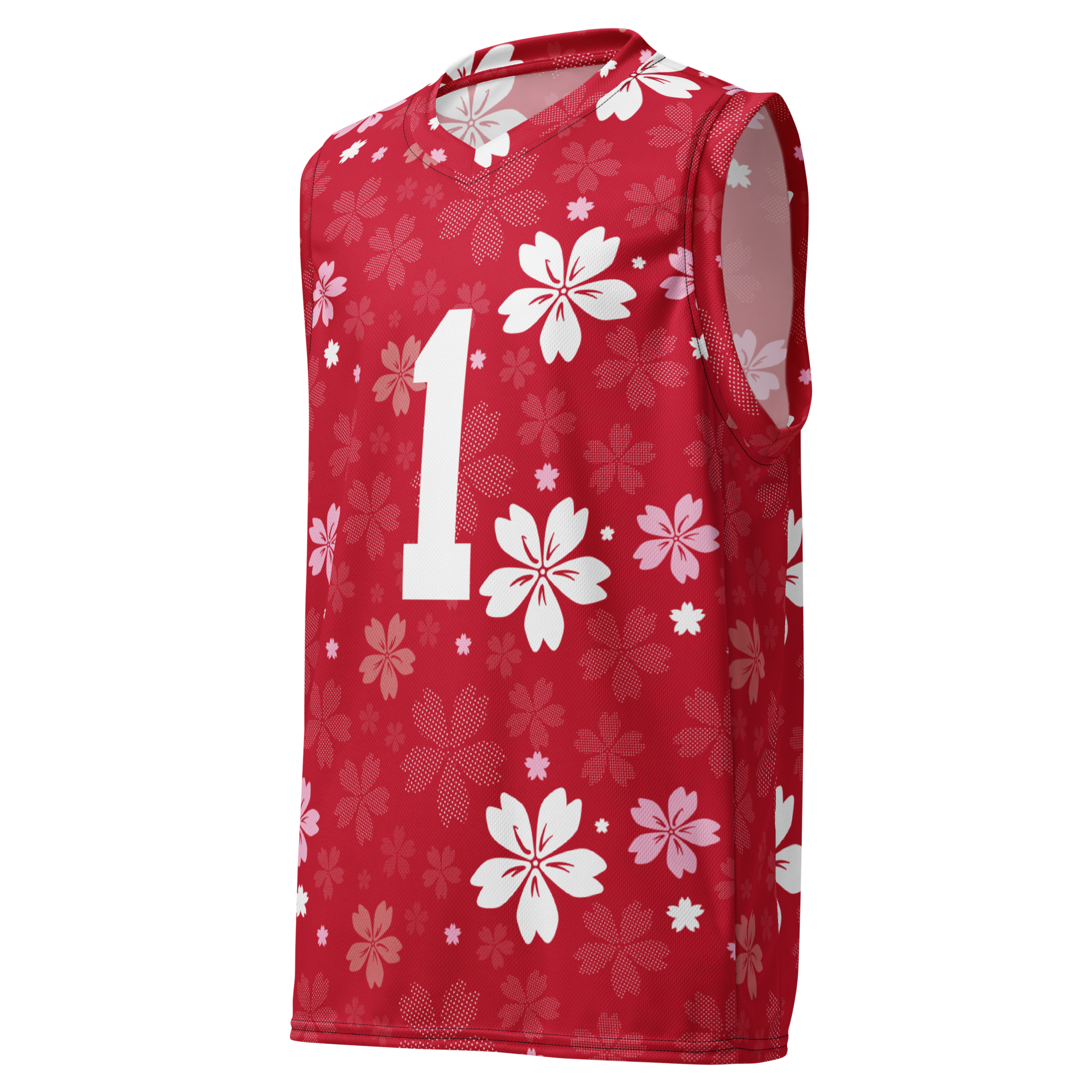
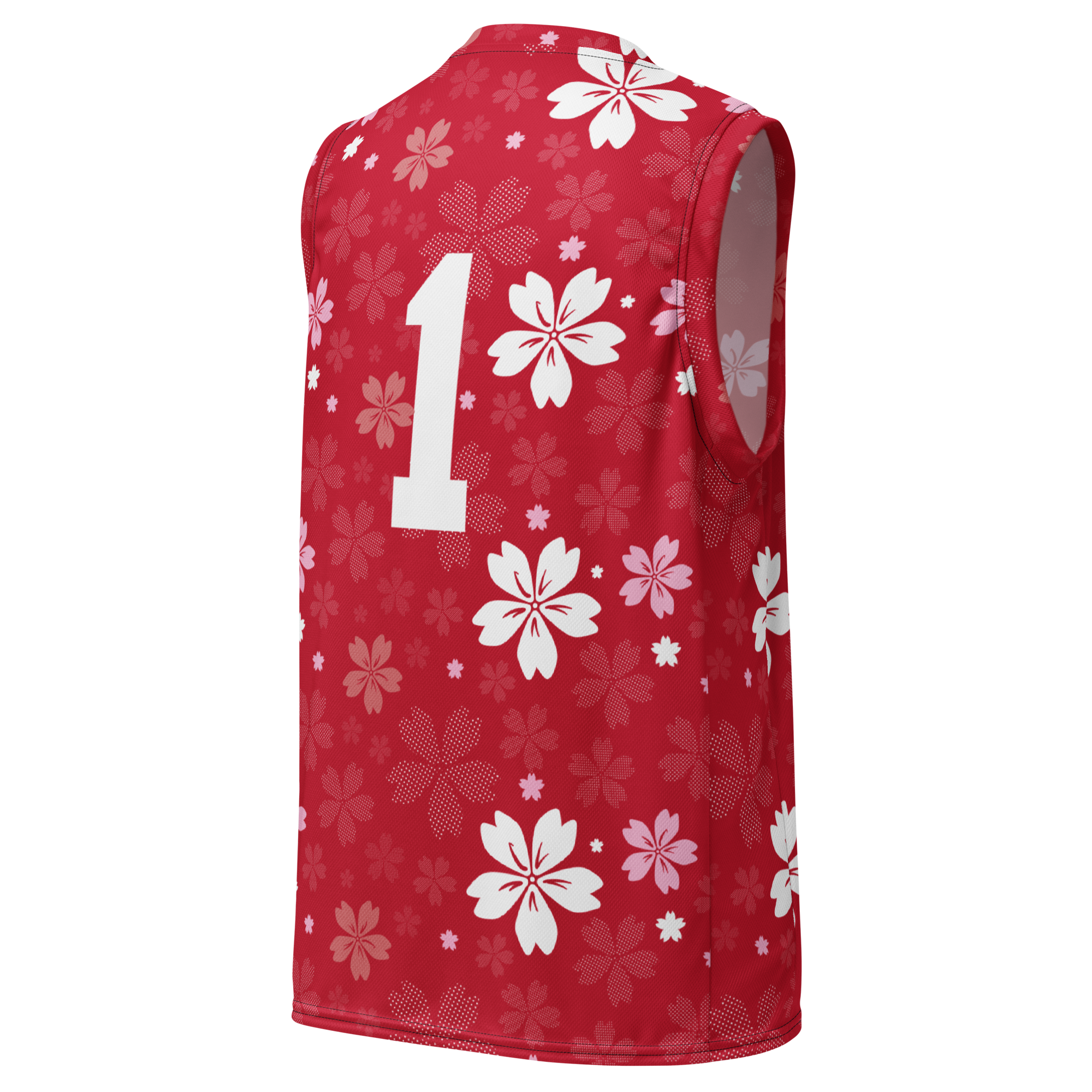
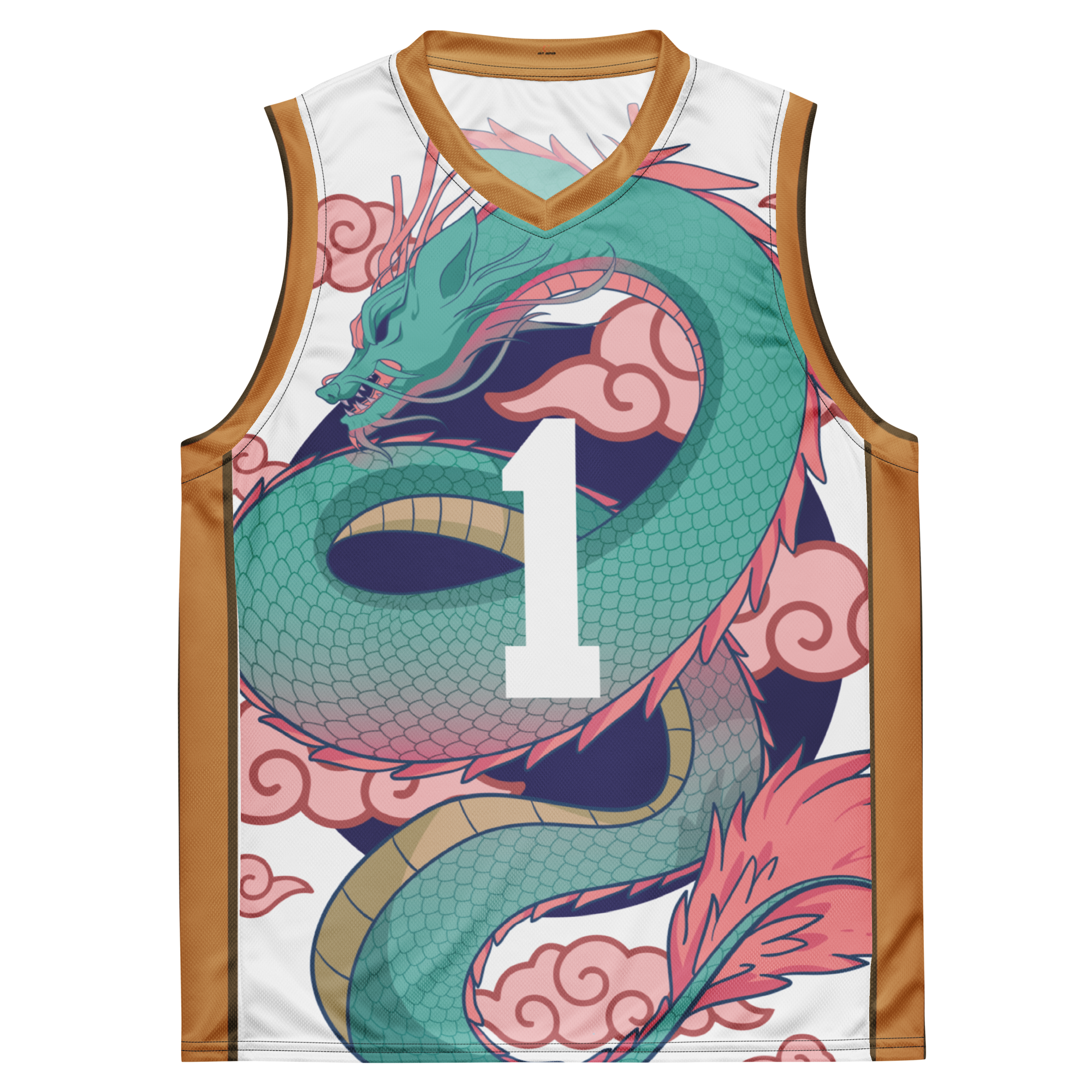
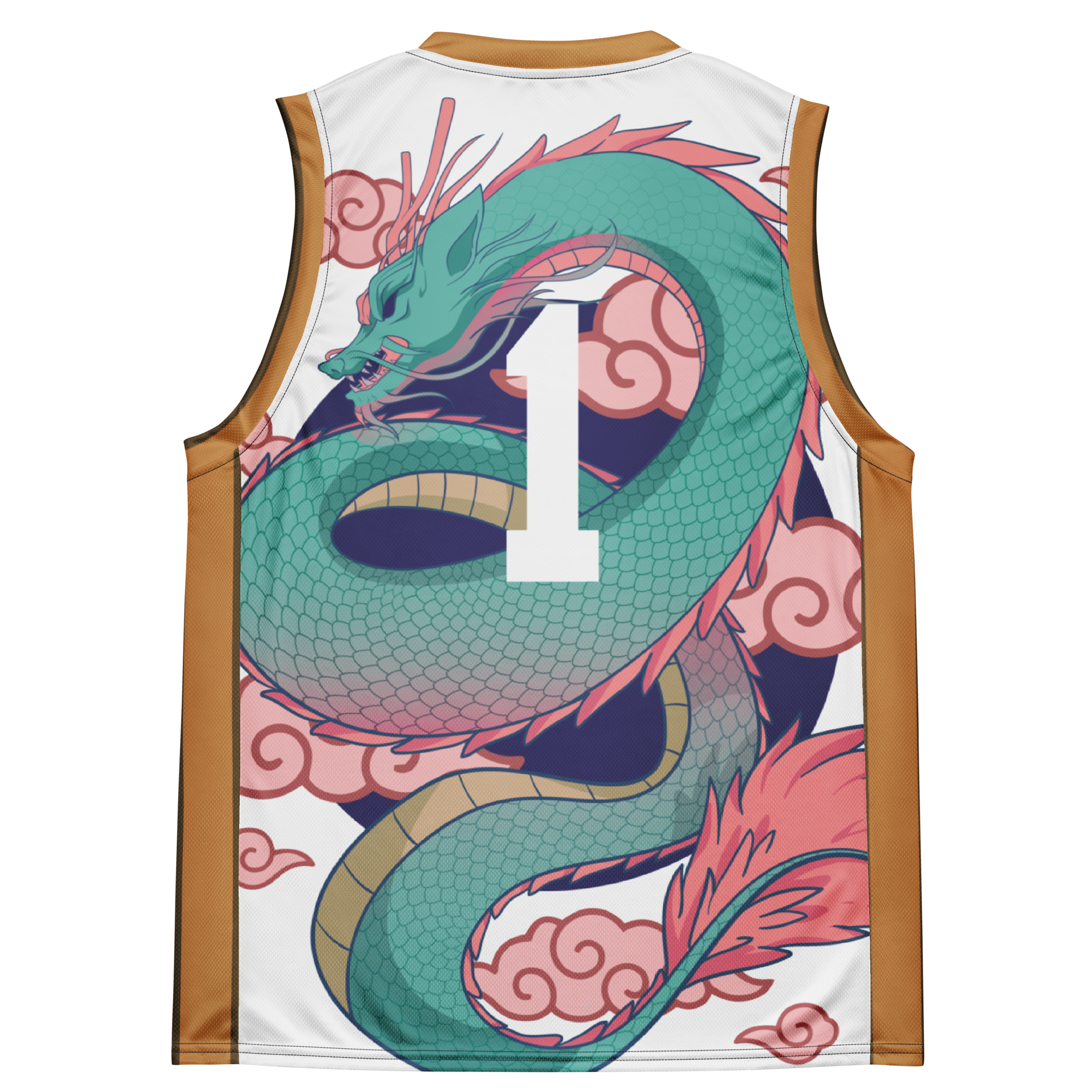
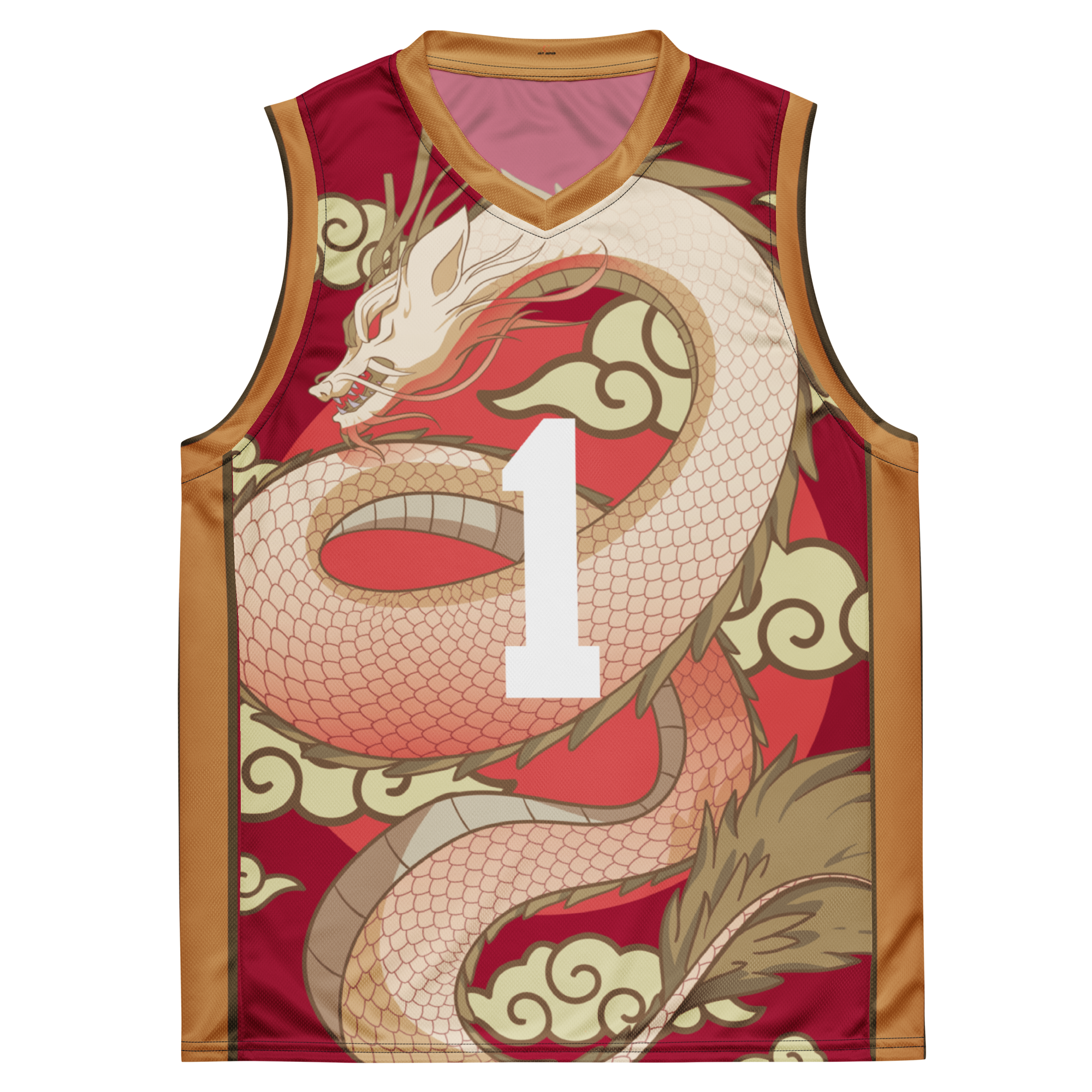
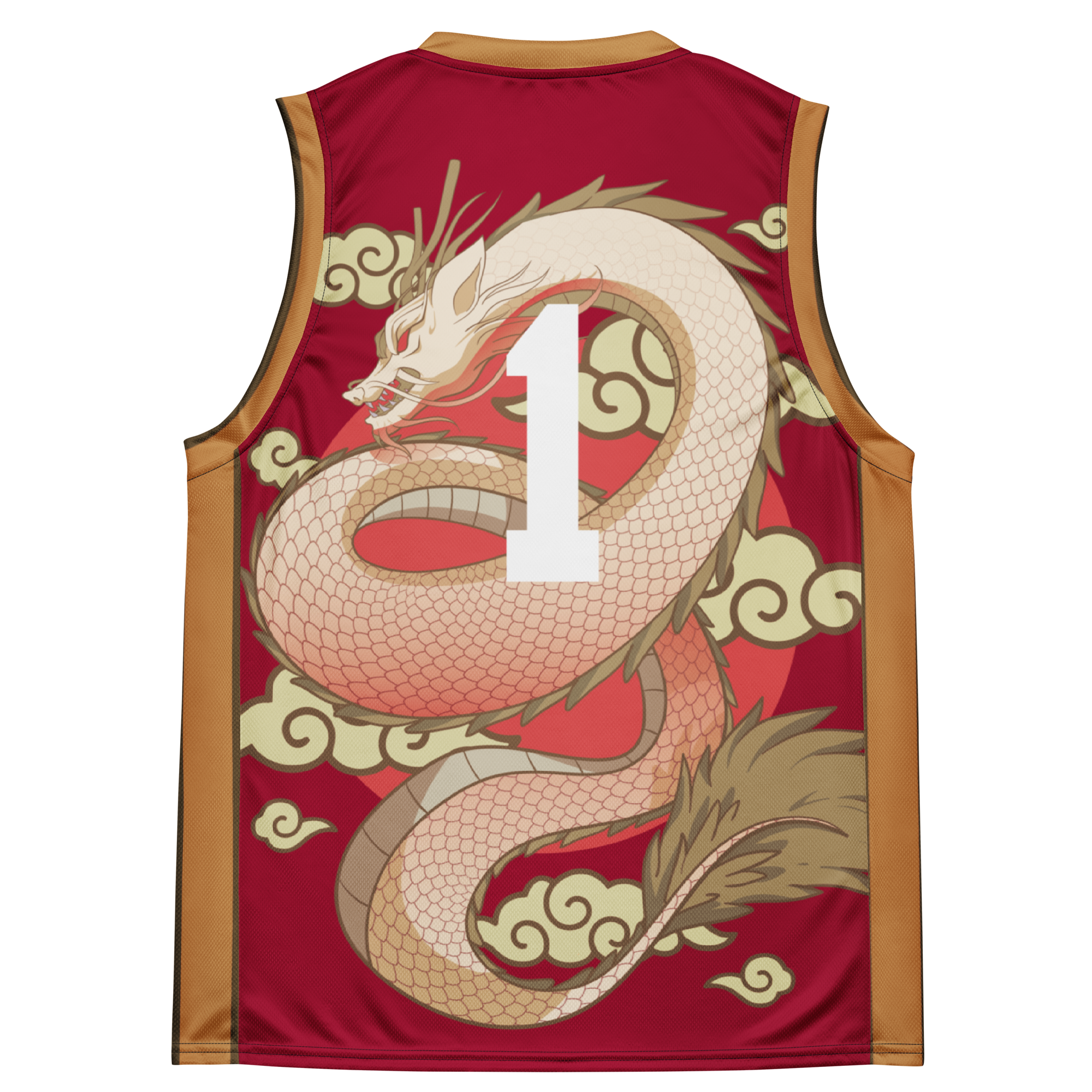
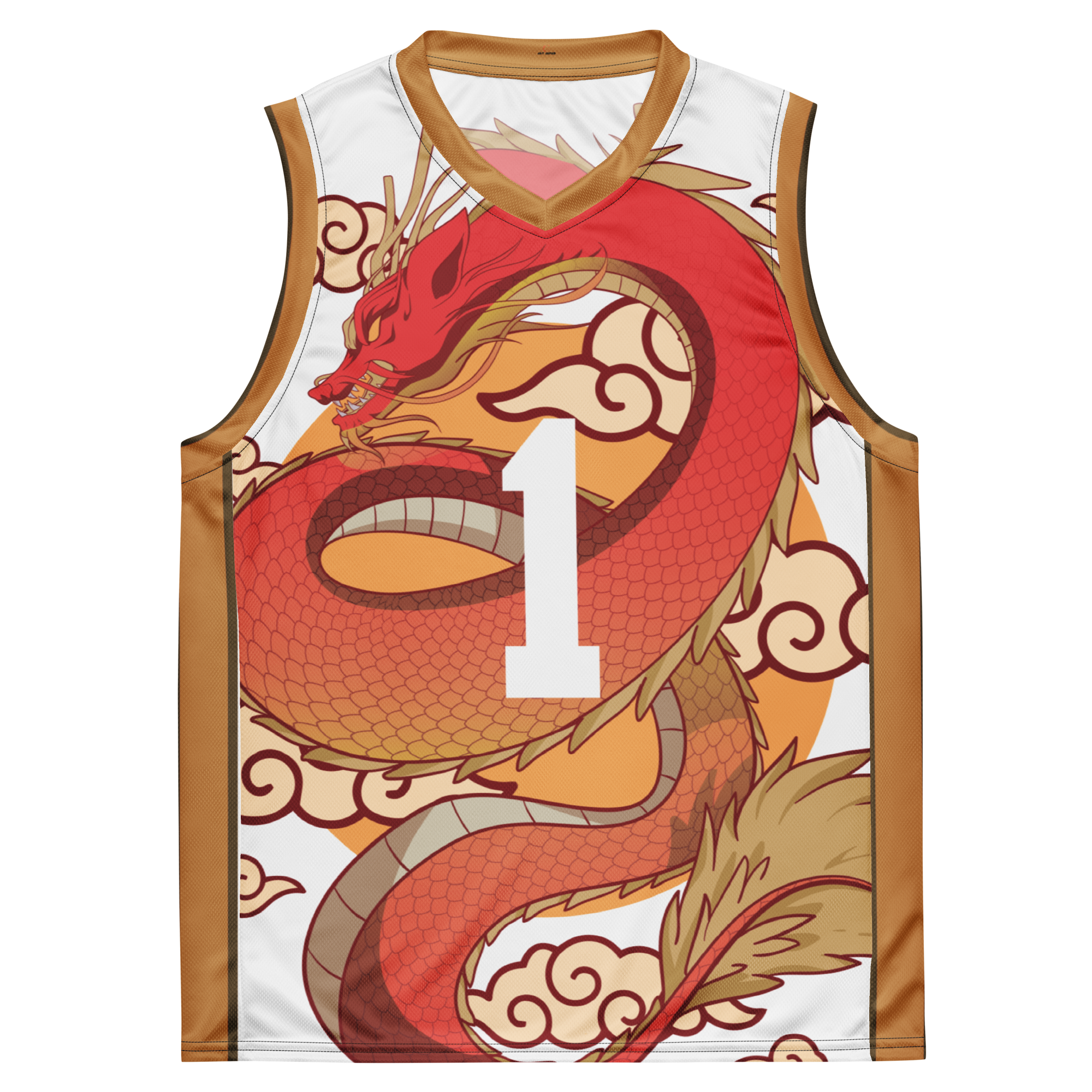
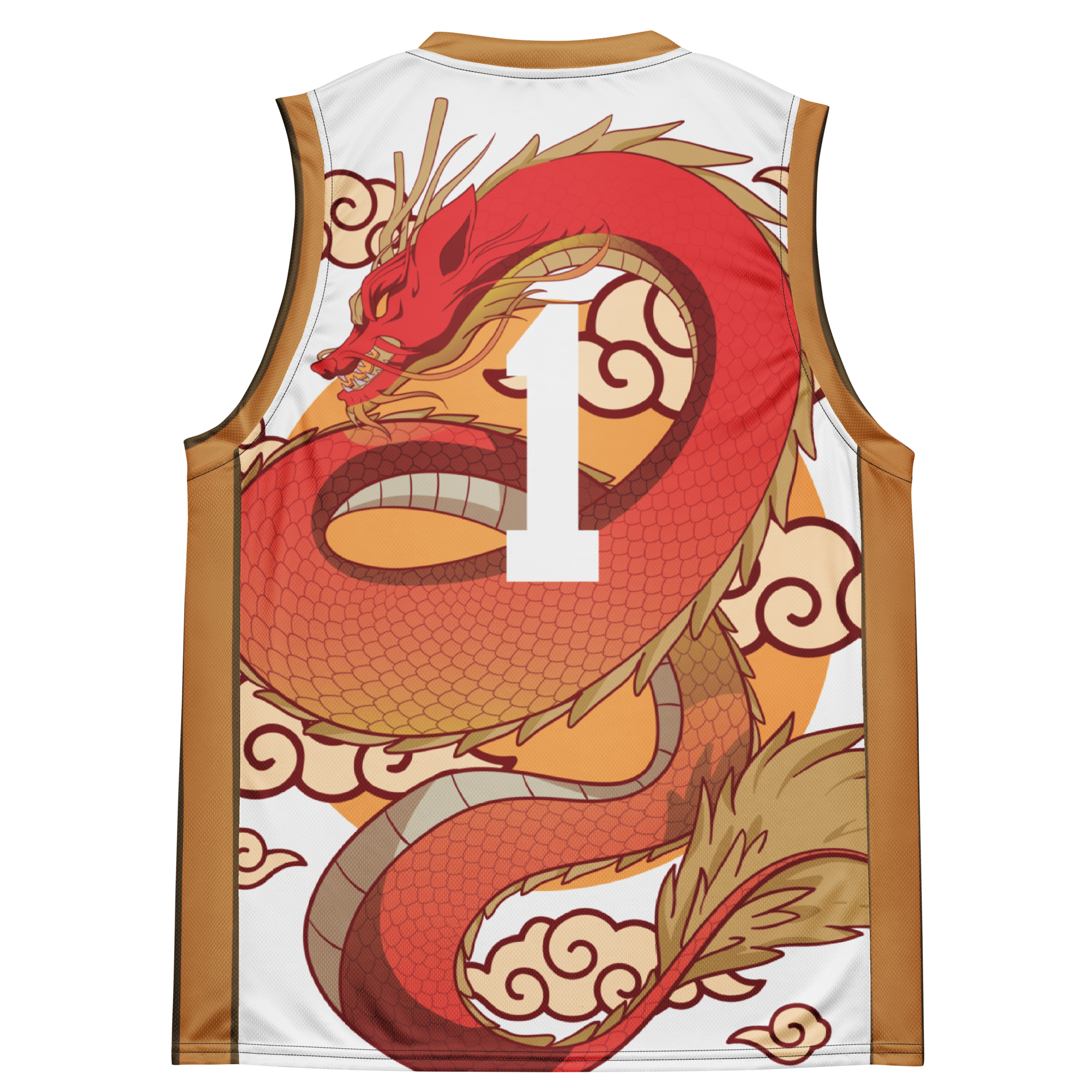





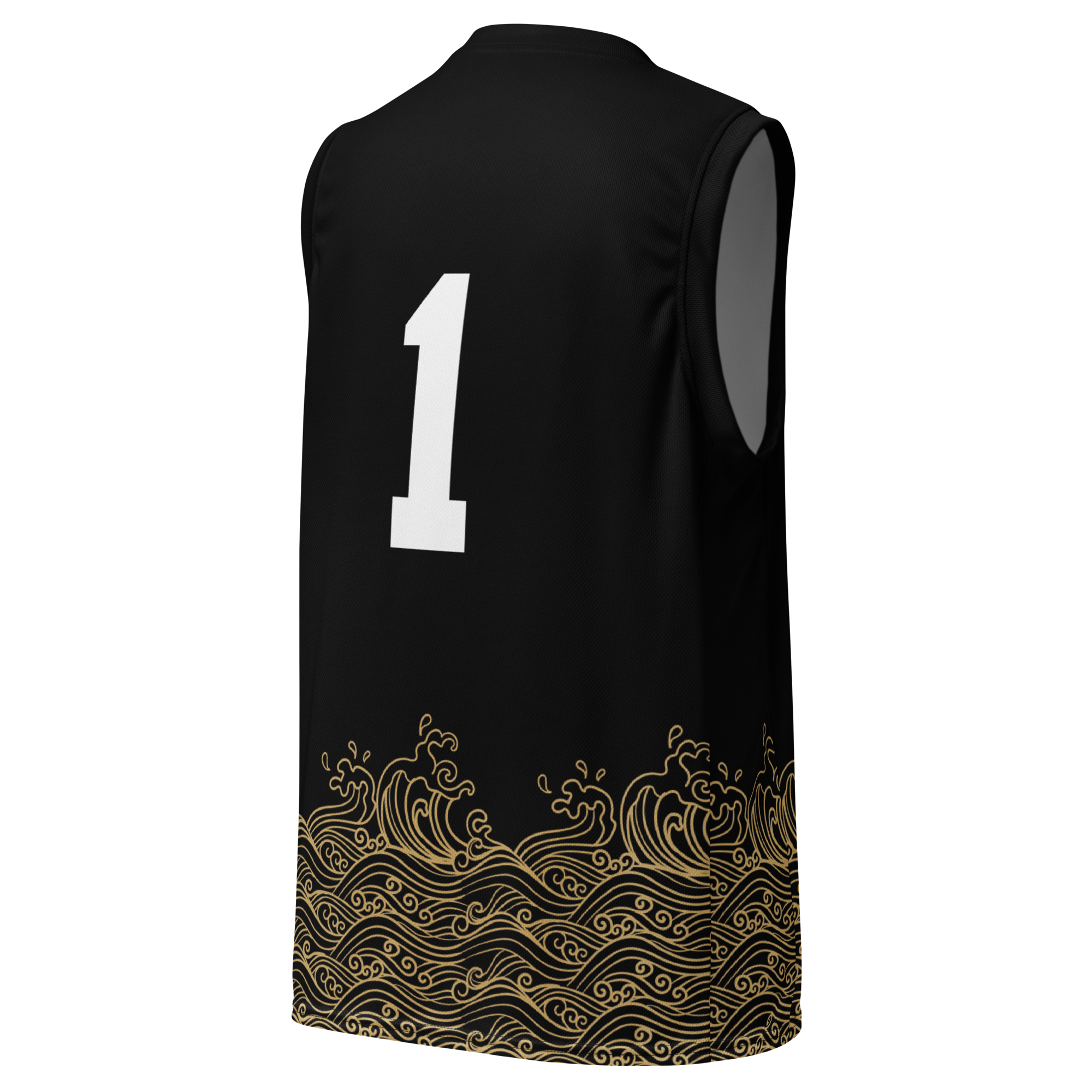



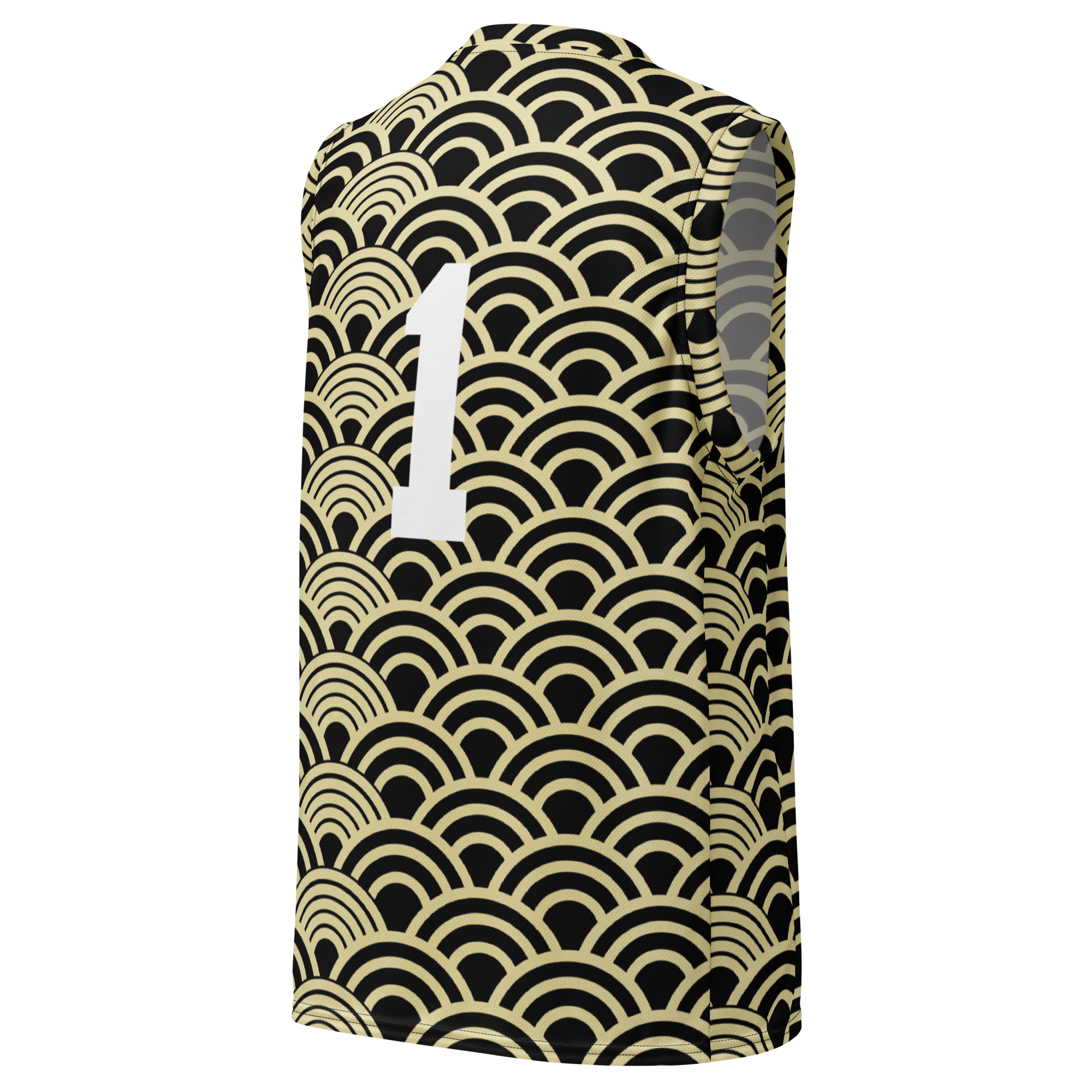
Leave a comment